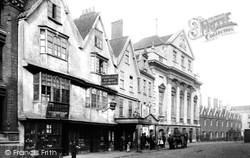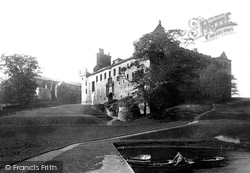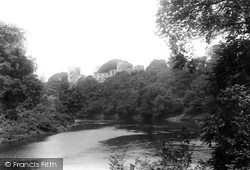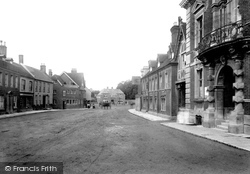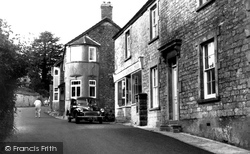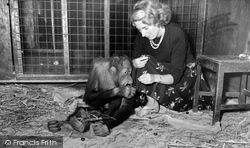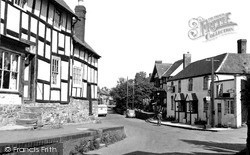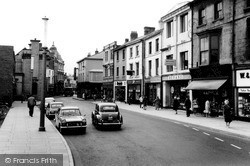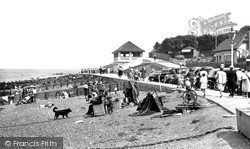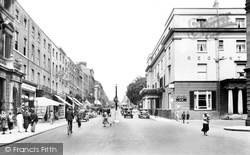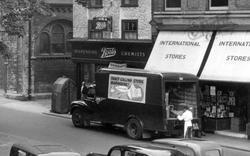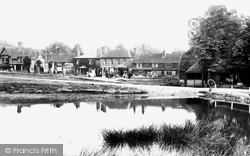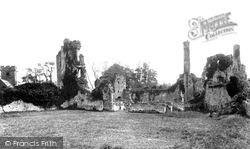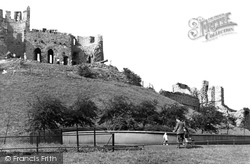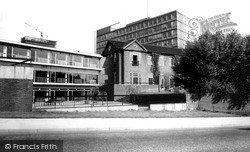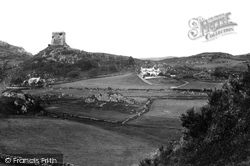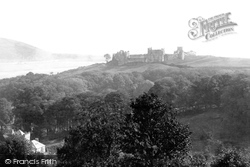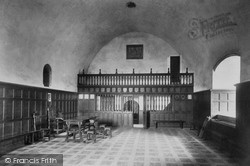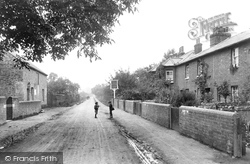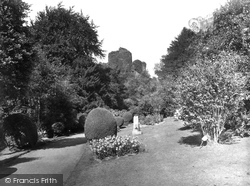Places
8 places found.
Those places high-lighted have photos. All locations may have maps, books and memories.
Photos
80 photos found. Showing results 481 to 80.
Maps
49 maps found.
Books
Sorry, no books were found that related to your search.
Memories
1,421 memories found. Showing results 241 to 250.
Orange Hill
Hi there... great to read these posts. Seems like most are from alumni who attended earlier than me but clearly some of those teachers had been there forever. I started in the second year in 1964, and immediately started a friendship ...Read more
A memory of Burnt Oak by
1966 69 Happiest Year Of My Childhood
Reading all the memories, mostly happy, and recollections from both staff and pupils at Warnham Court has opened the floodgates to my own happy, carefree school days. Gosh, so many people and ...Read more
A memory of Warnham Court School by
Pavenham 1945 1970
This is the village where I grew up, my parents moving into their very old, somewhat dilapidated cottage at the end of the war. This was 'The Folly' at the eastern end of the village opposite one of Tandy's farms. Why it had that ...Read more
A memory of Pavenham by
Hatch End 50/60/70s Memories
As I’ve only just stumbled on this web page so offer excuses if it’s past its sell by date. I lived in Sylvia Ave Hatch End from 1951 (as a babe in arms) until I married and moved away in 1976. My recollections may now ...Read more
A memory of Hatch End by
The 1940s
I remember going to the local primary school at the top of Second Avenue from the age of 3. Mrs Dobson was head of the Infants School and Mr Perry was head of the Junior School. We slept in the hall in the early days of our school ...Read more
A memory of Fitzwilliam in 1940 by
The Birth Of Easington Colliery
Under the title "The Birth Of Easington Colliery", a 6,000 word article of mine has recently been published in the Journal of the North East Labour History Society,Volume 42 (2011). The article covers the ...Read more
A memory of Easington Colliery in 1900 by
Memories Of Aylesbury During The 60s And 70s
I was born in Buckingham Road in 1962 and lived in the same house (no.225) until I left for North Wales in 1985. I have many happy memories of living there, going to the Primary and Junior schools in ...Read more
A memory of Aylesbury by
1939 To I960
I moved to Little Brickhill in 1939 when I was 2 years old, my last address in Little Brickhill was 10 Wyness Avenue. We were the first to move to to Wyness Avenue. I also knew Colonel Wyness who Wyness Avenue was named ...Read more
A memory of Little Brickhill by
Black Lion
My parents, Joan & Roger Graham, bought the Black Lion pub in 1963/4? and concentrated on building the business up and making it a large part of village life. With the full co-operation and hard work of my parents and the ...Read more
A memory of Abergorlech in 1964 by
Manor Road Sidcup
I was born in Farnborough hospital in June 1956. My mother is Austrailian and my father grew up in and around Bridgwater in Somerset. From the period of 1956 -1960 we lived in the top flat at 12 Manor Road (now sadly gone), the ...Read more
A memory of Sidcup in 1956 by
Captions
877 captions found. Showing results 577 to 600.
The latter was restored following damage sustained during the Blitz; St Nicholas's was extensively restored in the early 1960s.
They would sow oats in spring which were harvested late, followed by a winter crop of rye. Royds Moor is named after a royd cleared for crops probably around the mid 12th century.
The last Scottish national parliament was held here in 1646, and Oliver Cromwell lived at Linlithgow for several months following the Battle of Dunbar.
Following its slighting in 1337, Bothwell lay waste until 1362 when it was refortified. Excavations here have uncovered the largest assemblage of medieval pottery so far found on a single site.
It was probably here that the Duke of Monmouth was brought as a prisoner following the crushing of his rebellion in 1685.
Members of the Watts family ran the shop for a century: the Misses Watts, from Higher Holt, were followed by William Watts and his branch of the family.
Following enlargement of the church (c1453-73) the construction of the distinctive 'West Country' type tower is believed to have been the gift of Lady Isabel, Duchess of Clarence.
It was in the years following the war that Chester Zoo acquired the excellent reputation that it has today for its breeding programmes, including the breeding of orang-utans.
Elsewhere people paid to follow fashion and cover their houses with bricks; here that was a luxury few could afford.
The first forge is reputed to have been working in 1425, with the first ironworks following in 1577; it is also said that the first forge in America was built by emigrants from the town.
Between Whitstable and Herne Bay, this modern residential suburb and resort, with its grassy cliff-top promenade and shingle beach, was developed mainly in the years following the Second World War.
Among Leamington's famous residents was Napoleon III of France, who came to the town for a short period following France's defeat at the hands of Prussia in 1871.
Boots and International Stores had both been long-term tenants of this corner, but in 1976 Boots moved away, and the Leeds Permanent Building Society, followed by the Halifax, moved in.
practice going back to medieval times when the population of a hamlet cleared land, usually sufficient to make one or two fields, for crops.They would sow oats in spring which were harvested late, followed
It died out following a Royal Proclamation in 1615 prohibiting the use of wood as an industrial fuel.
There is a local legend telling how Payn de Turberville acquired the castle following the Norman conquest of Glamorgan.
Following the death of Ambrose Dudley in 1589, Warwick Castle was once again in the hands of the Crown.
A castle at Dudley is first mentioned following the arrival of 'a great and powerful prince of the Kingdom of Mercia' called Dudd, Dodo or Dudo c700.
Following the end of the Second World War, a large number of returning servicemen opted for a university education, and by 1947 Sheffield uni- versity's student population had more than doubled to
It was captured by the English in January 1283 following the death of Llywelyn the Last.
The fortress is irregular in outline, as its builders decided to follow the contours of the land. Various de Camvilles added to the castle.
Here we see the western end of the lord's hall following its restoration.
Its character is now largely suburban, following much rebuilding. This view looks west. The Bricklayers Arms is now a house, Old Brick House, its brickwork painted.
Following the move of the gaol and assizes to Bodmin in 1842, the grounds were landscaped and turned into a pleasure park by the Duke of Northumberland.
Places (8)
Photos (80)
Memories (1421)
Books (0)
Maps (49)


